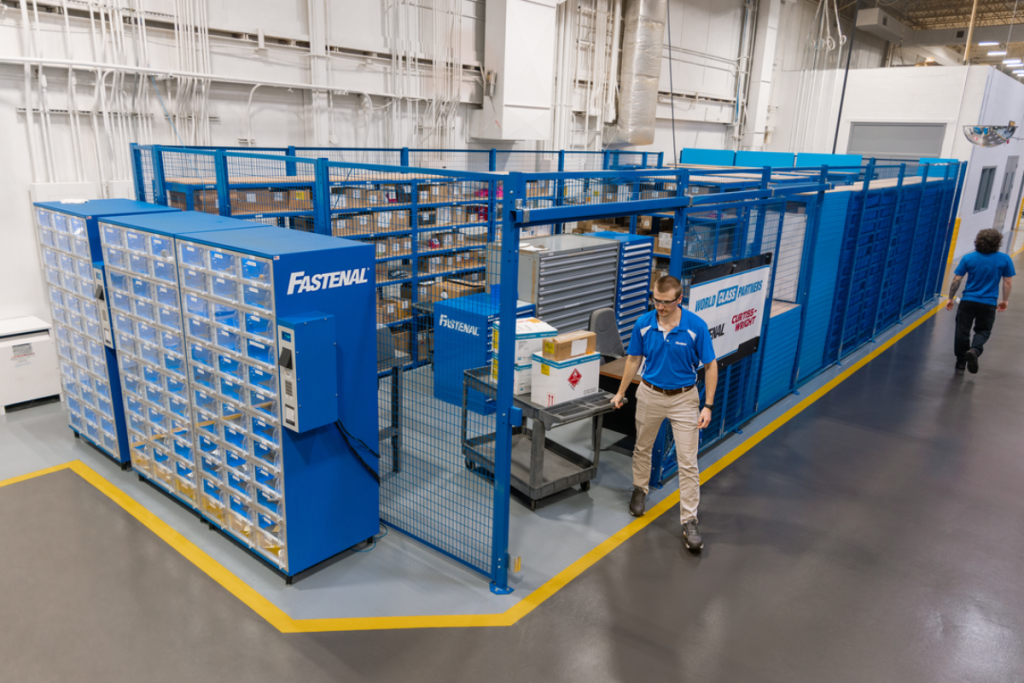Fastenal’s is shifting freight flows through Canada and Mexico to limit the impact of U.S. tariffs. The move adds cost in some lanes but protects customers from downstream duty exposure, signalling a shift in how tariff management is embedded in supply chain execution.
In Brief:
• Imports are being redirected away from U.S. ports to reduce customer exposure to cross-border tariff inefficiencies
• Tariff eligibility is now part of sourcing and routing decisions, supported by internal pricing and compliance tools
• Trade compliance is being repositioned as a supply chain function, not just a finance task
Fastenal is reworking its freight network to respond to U.S. tariffs, not by lobbying or passing on costs, but by changing how and where goods enter the continent. Instead of routing all imports through the U.S. and shipping onward to Canada or Mexico, Fastenal is now directing more product straight to those markets. The change was driven by tariff exposure. Moving freight through the U.S. often triggers duties that don’t apply if the same goods enter Canada or Mexico directly.
That cost difference, even when offset by higher logistics spend, was enough to justify a shift. “We’ve been redirecting more and more product to come directly into Canada… and the same thing in Mexico,” said CEO Dan Florness. “If a 10 or 25 percent tariff applies when goods enter the U.S., then get shipped to Canada, it becomes an inefficient supply chain for the customer.”
The change isn’t a workaround, it’s a shift in how the company builds its North American network. Port choice is no longer based on proximity or lane density. It’s based on trade policy exposure and total landed cost to the end customer.
Compliance Embedded in Execution
A key enabler of the strategy is Fastenal’s internal system for tracking tariff eligibility. The company has linked trade rules to routing decisions, giving its field and logistics teams clear guidelines on when to divert freight to avoid duty exposure.
This requires more handling and coordination—moving freight through multiple ports, managing regional entry points, and separating shipments by destination. But it also reduces contract risk. By absorbing some logistics cost, Fastenal shields its customers from tariff charges that would otherwise force price renegotiation.
“Breaking down shipments and sending them into multiple ports is more expensive,” Florness said. “But it’s less than paying a 25 to 50 percent tariff.”
The result is a shift in how the supply chain operates. Trade policy is no longer monitored by finance teams and handled case-by-case. It is now part of how inventory is routed, how import patterns are built, and how cross-border contracts are structured.
Routing as a Tariff Strategy
As global trade rules become more fragmented, tariff-driven routing is no longer a niche concern. It is becoming a competitive lever. Companies that integrate policy awareness into their freight networks can reduce customer exposure and hold contracts steady, even as tariffs shift.
Fastenal’s approach shows how trade compliance, when tied directly to operations, can deliver more than savings. It can protect commercial relationships and limit volatility in customer pricing models. In this environment, freight routing is no longer just about time or cost. It’s about avoiding surprises.




